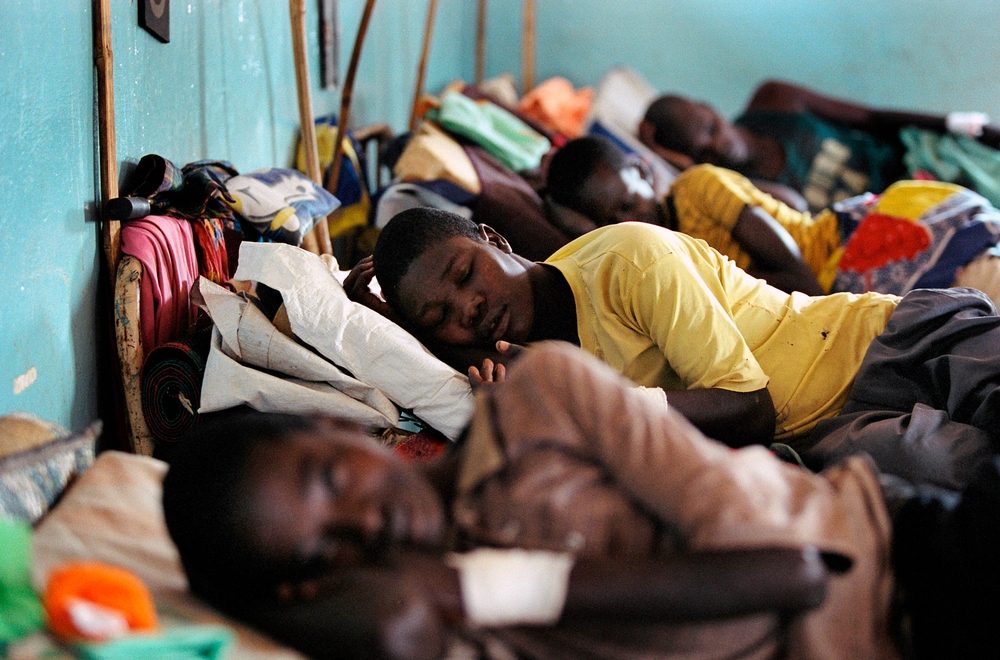Child Protection in Emergencies Programme
Disasters, conflicts and other crises can have devastating effects on children’s lives. Structures and systems that protect children and support their positive development are often undermined or damaged.
Disasters, conflicts and other crises can have devastating effects on children’s lives. Structures and systems that protect children and support their positive development are often undermined or damaged.
As a result, children are exposed to new threats, such as loss of or separation from their families, sexual exploitation, trafficking, and recruitment into armed groups. Furthermore, existing harmful practices (such as harmful labour and child marriage) can be exacerbated.
AHO works with children, their families, communities and local authorities to prevent and respond to violence, abuse, neglect, and exploitation against children with urgent, life-saving actions. Our programmes ensure the protection needs of children are met, with particular attention paid to the unique risks faced by adolescent girls.
PREVENTING HARM AND RESPONDING TO VIOLENCE
Our child protection in emergencies work includes:
- Addressing urgent needs: We support national child protection systems to deliver case management services (social work-type support) to children and their families. We ensure children with urgent protection needs are identified and receive timely, age and gender- appropriate services. In many cases, this means searching for separated family members and linking children to caring and protective foster families.
- Strengthening families and communities: Children and their families suffer both physically and mentally in the aftermath of an emergency. In response, we create safe environments for children through child and adolescent friendly spaces where children and adolescents can access psychosocial counselling, support networks, life-saving information, and be referred to other services. Parenting courses are also provided to help caregivers develop skills to cope with crises.
- Strengthening local systems: We partner with civil society organisations, community leaders, local governments, academics, activists and NGOs to meet the needs of children. We provide training for and build the capacity of partners to support existing structures within communities that keep children safe.
- Influencing: Building from lessons learned in programme evaluations, research, needs assessments and contextual analyses, we influence policy, practice, and budgets on child protection in disaster resilience, preparedness, response and recovery at international, national, and local levels.


